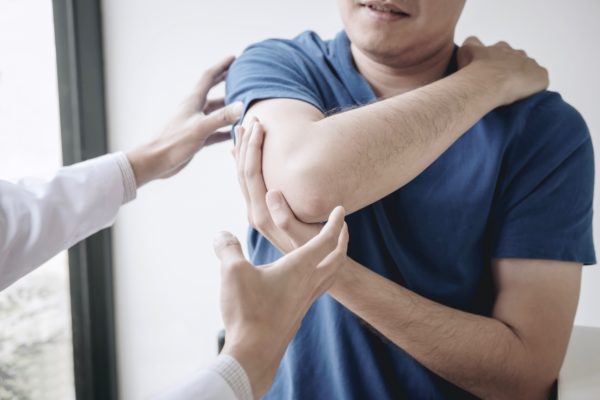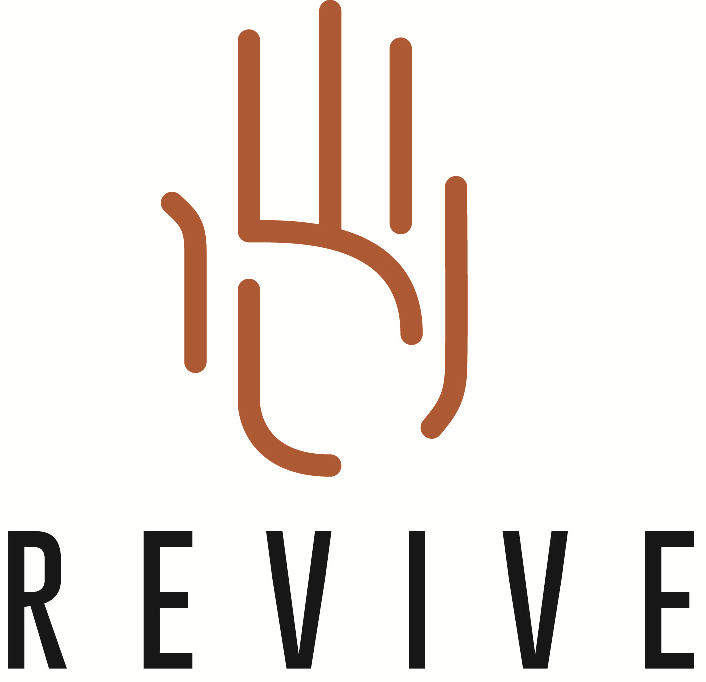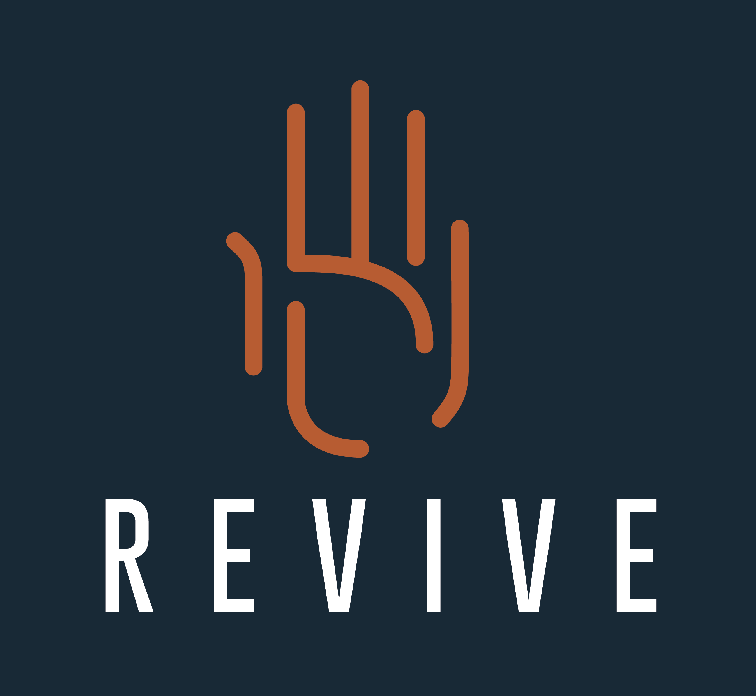Manual Therapy

Manual therapy is fundamental to physiotherapy, emphasising hands-on techniques to assess, diagnose, and treat musculoskeletal conditions. It encompasses a range of skilled interventions to address soft tissue and joint dysfunctions, promote healing, and restore optimal function.
The hands-on technique of manual therapy allows therapists to apply precise techniques tailored to individual patient needs, facilitating pain relief, improving mobility, and enhancing overall well-being.
Benefits of Manual Therapy
The benefits of manual therapy extend across various dimensions of musculoskeletal health:
Pain Relief
Manual therapy techniques, such as massage, joint mobilisation, and manipulation, can alleviate chronic pain associated with various musculoskeletal conditions. By targeting areas of muscle tension and trigger points, manual therapy helps to reduce discomfort and improve the overall quality of life for individuals experiencing pain.
Improved Mobility
One of the primary goals of manual therapy is to enhance joint mobility and flexibility. By targeting restrictions in soft tissues and joints, manual therapy techniques help to increase the range of movement, allowing individuals to move more freely and perform daily activities with greater ease. This improved mobility is especially beneficial for individuals recovering from injuries or managing chronic conditions.
Enhanced Healing
Manual therapy plays a key role in promoting the healing process. By increasing blood flow to injured tissues, stimulating cellular activity, and optimising tissue alignment, manual therapy techniques facilitate faster recovery from injuries. This can result in reduced downtime and a quicker return to normal activities.
Reduced Muscle Tension
Tense muscles are a common source of discomfort and can contribute to a range of musculoskeletal issues. Manual therapy techniques such as deep tissue release and myofascial trigger point therapy are highly effective in relieving muscle tension, reducing stiffness, and promoting relaxation. This not only alleviates immediate discomfort but also helps prevent the development of chronic muscle tightness and associated problems.
Joint Health
Proper joint function is essential for overall musculoskeletal health. Manual therapy addresses stiff joints and joint dysfunction by promoting proper alignment and restoring normal joint mechanics. This not only reduces pain and inflammation but also minimises the risk of degenerative conditions such as osteoarthritis. By improving joint health, manual therapists help individuals maintain an active lifestyle and reduce the risk of long-term joint issues.
Types of Manual Therapy
Deep Tissue Release
Deep tissue release focuses on reaching underlying layers of muscle and connective tissue to release adhesions, scar tissue, and chronic tension. Therapists apply sustained pressure using their fingers, knuckles, or elbows, gradually releasing tight areas and improving tissue flexibility. Deep tissue release is particularly beneficial for chronic muscle tightness, overuse injuries, and postural imbalances.
Joint Mobilisation (Gentle Gliding) Techniques
Joint mobilisation involves gentle, rhythmic movements applied to specific joints to improve mobility and reduce stiffness. Therapists use varying degrees of force to stretch tight ligaments and joint capsules, restoring normal joint mechanics and reducing pain. This technique is commonly used for conditions such as osteoarthritis, joint stiffness, and ligament sprains.
Joint Manipulation
Joint manipulation employs quick, controlled movements to restore proper joint alignment and function. Therapists apply a precise force to the joint, often resulting in an audible “pop” or “crack” as gas bubbles within the joint fluid are released. Joint manipulation is effective for conditions such as spinal misalignments, facet joint dysfunction, and sacroiliac joint dysfunction.
Myofascial Trigger Point Release
Myofascial trigger point release targets localised areas of muscle tension and pain known as trigger points. Therapists apply sustained pressure to these points to alleviate muscle knots and referred pain patterns. This technique helps improve muscle flexibility, reduce muscle spasms, and enhance circulation, making it suitable for conditions such as tension headaches, fibromyalgia, and myofascial pain syndrome.
Muscle Stretching
Muscle stretching involves passive or active techniques to elongate muscles and improve flexibility. Therapists use various stretching methods, including static, dynamic, and proprioceptive neuromuscular facilitation (PNF), to target specific muscle groups and enhance tissue mobility. Stretching is beneficial for conditions such as muscle strains, tendinitis, and postural imbalances.
Massage and Soft Tissue Techniques
Massage and soft tissue techniques encompass a wide range of hands-on methods aimed at manipulating muscles, tendons, ligaments, and fascia. Therapists use techniques such as effleurage, petrissage, friction, and myofascial release to reduce muscle tension, promote relaxation, and improve tissue mobility. These techniques are effective for various conditions, including sports injuries, carpal tunnel syndrome, and scar tissue adhesions.
Conditions Best Suited to Manual Therapy Treatment
Manual therapy can be beneficial for a wide range of conditions. Here are some conditions that are often well-suited for manual therapy treatment, including:
- Low Back Pain
- Neck Pain
- Shoulder Impingement Syndrome (shoulder pain)
- Knee Osteoarthritis
- Cervical pain
- Plantar Fasciitis
- Rotator Cuff Tears
- Tennis Elbow (Lateral Epicondylitis)
- Frozen Shoulder (Adhesive Capsulitis)
- Ankle Sprains
- Carpal Tunnel Syndrome
It’s important to note that while manual therapy can be effective for many conditions, it should be integrated into a comprehensive treatment plan that may include other modalities such as exercise therapy, education, and lifestyle modifications for optimal results. Additionally, manual therapy should be performed by qualified and experienced practitioners to ensure safety and effectiveness.
Contact Revive Physiotherapy
Revive Physiotherapy specialises in providing comprehensive manual therapy services tailored to individual patient needs. Our team of experienced physiotherapists utilises evidence-based techniques to develop personalised treatment plans addressing specific musculoskeletal conditions and promoting optimal recovery.
Contact our physical therapists today to schedule an appointment. We have physiotherapy clinics in several convenient locations throughout Perth. Book in at our Booragoon, Riverton, Rockingham or Joondalup physio clinics today for an initial assessment and personalised treatment plan.
Call (08) 9300 0841 or book online and take the first step towards a pain-free, active lifestyle.

